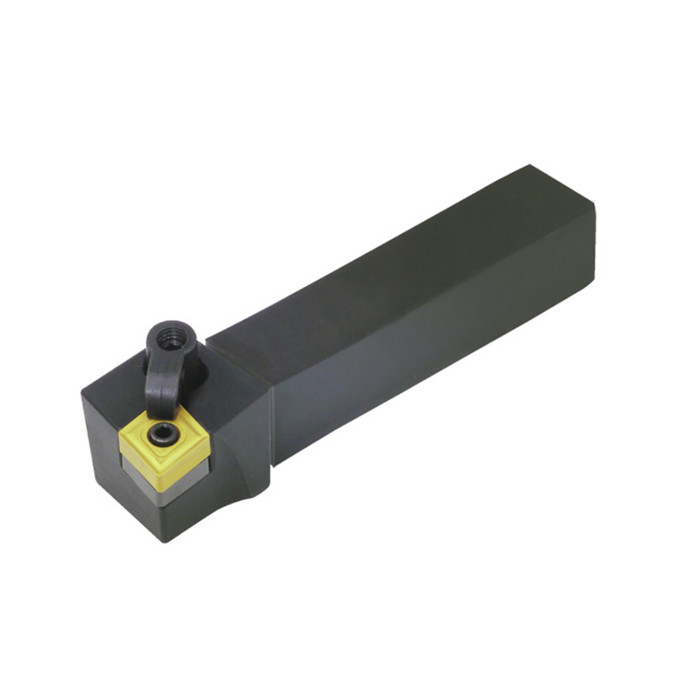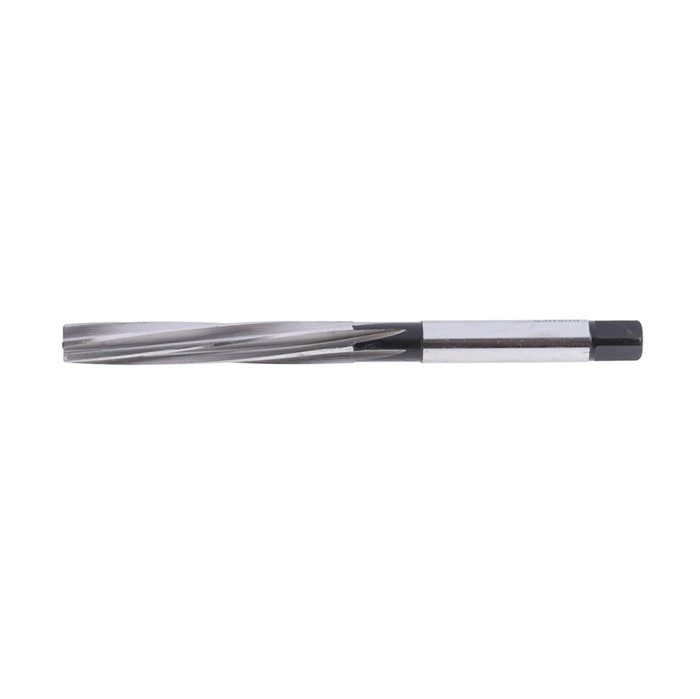taper pin reamer
Taper pin reamers are specialized cutting tools designed to enlarge and finish holes to precise tapered dimensions, specifically for accepting taper pins. They ensure accurate alignment and secure fastening in various mechanical applications. Selecting the right taper pin reamer, using it correctly, and maintaining it properly are crucial for achieving optimal results.Understanding Taper Pin ReamersWhat is a Taper Pin Reamer?A taper pin reamer is a fluted cutting tool used to create or enlarge tapered holes, specifically designed to fit taper pins. These pins are used to securely fasten components together, relying on the friction created by the tapered fit. The reamer ensures the hole is precisely sized and shaped, allowing the taper pin to be driven in snugly and create a reliable connection. Wayleading Tools offers a variety of high-quality reamers and pins designed for precision applications.Types of Taper Pin ReamersTaper pin reamers come in several types, each suited for different applications and materials: Hand Reamers: Designed for manual use, offering greater control and precision, especially in delicate operations. They are ideal for small-scale projects or fine-tuning existing holes. Machine Reamers: Intended for use with drilling machines or lathes. These reamers provide faster material removal and are best suited for larger production runs. Spiral Flute Reamers: The spiral flutes help to draw chips out of the hole, making them suitable for through-holes. Straight Flute Reamers: A more general-purpose option, effective for both through and blind holes. Carbide Reamers: Feature carbide tips for enhanced durability and performance, especially when working with harder materials like stainless steel or hardened steel.Applications of Taper Pin ReamersTaper pin reamers are essential in numerous industries and applications, including: Manufacturing: Creating precise holes for aligning and fastening components in machinery and equipment. Automotive: Securing parts in engines, transmissions, and other automotive systems. Aerospace: Used extensively in aircraft construction for reliable and secure connections. Tool and Die Making: Creating tapered holes for ejector pins and other components in molds and dies. Gunsmithing: Fitting taper pins in firearm components.Choosing the Right Taper Pin ReamerSelecting the appropriate taper pin reamer is crucial for achieving the desired results. Consider the following factors: Material: The material of the workpiece dictates the reamer material. High-speed steel (HSS) reamers are suitable for most materials, while carbide reamers are best for hardened steels or abrasive materials. Size: Choose the reamer size that corresponds to the taper pin being used. Taper pins and taper pin reamers are typically designated by a number that corresponds to their size and taper rate (e.g., #0, #1, #2). Type of Hole: Consider whether you're creating a through-hole or a blind hole. Spiral flute reamers are generally preferred for through-holes, while straight flute reamers are suitable for both. Hand vs. Machine: Determine whether you need a hand reamer for manual operations or a machine reamer for use with power tools.How to Use a Taper Pin ReamerProper technique is essential for using a taper pin reamer effectively: Preparation: Ensure the workpiece is securely clamped. Drill a pilot hole slightly smaller than the small end diameter of the taper pin. Reaming: For hand reaming, apply consistent pressure and turn the reamer clockwise, removing small amounts of material with each pass. Use cutting fluid to reduce friction and heat. For machine reaming, use a slow speed and feed rate. Checking the Fit: Periodically check the fit of the taper pin in the hole. The pin should fit snugly without excessive force. Finishing: Once the pin fits correctly, clean the hole and the pin before final assembly.Tips for Optimal Results Use Cutting Fluid: Cutting fluid helps to lubricate the reamer, reduce heat, and improve surface finish. Maintain a Slow Speed: Excessive speed can cause the reamer to chatter or overheat, leading to poor results. Apply Consistent Pressure: Avoid applying too much pressure, which can damage the reamer or the workpiece. Keep the Reamer Sharp: A dull reamer will produce rough holes and require more force, increasing the risk of breakage. Clean the Reamer Regularly: Remove chips and debris from the reamer to prevent clogging and ensure smooth cutting.Taper Pin Reamer MaintenanceProper maintenance is crucial for extending the life of your taper pin reamers: Cleaning: Clean the reamer after each use to remove chips and debris. Oiling: Apply a light coat of oil to prevent rust and corrosion. Storage: Store the reamer in a protective case or rack to prevent damage. Sharpening: Periodically sharpen the reamer to maintain its cutting efficiency. This can be done by a professional sharpening service or with specialized sharpening tools.Troubleshooting Common IssuesHere are some common issues encountered when using taper pin reamers and their solutions: Problem Possible Cause Solution Rough Hole Finish Dull reamer, excessive speed, insufficient cutting fluid Sharpen reamer, reduce speed, use cutting fluid Reamer Chatter Excessive speed, loose workpiece, insufficient rigidity Reduce speed, secure workpiece, use a more rigid setup Broken Reamer Excessive force, hard material, improper reamer size Reduce force, use a carbide reamer, select the correct reamer size Where to Buy Taper Pin ReamersHigh-quality taper pin reamers can be purchased from various sources, including: Industrial Supply Stores: These stores typically carry a wide selection of reamers from reputable brands. Online Retailers: Websites like Amazon and specialized tool suppliers offer a convenient way to purchase reamers. Consider exploring Wayleading Tools for a comprehensive selection of precision tooling. Tool Manufacturers: Purchasing directly from the manufacturer can ensure you're getting a genuine product and access to technical support.ConclusionTaper pin reamers are indispensable tools for creating precise and secure tapered holes. By understanding the different types of reamers, selecting the right one for the job, using proper techniques, and maintaining the reamer properly, you can achieve optimal results and ensure reliable fastening in a wide range of applications. Whether you're in manufacturing, automotive, aerospace, or any other industry that relies on precision connections, a quality taper pin reamer is a valuable investment.
Related products
Related products
Best selling products
Best selling products-
 MCLN Indexable Turning Tool Holder With Right And Left Hand
MCLN Indexable Turning Tool Holder With Right And Left Hand -
 R8 Drill Chuck Arbor For Milling Machine
R8 Drill Chuck Arbor For Milling Machine -
 Stub Milling Machine Arbor With NT, R8 and MT Shank
Stub Milling Machine Arbor With NT, R8 and MT Shank -
 Precision Digital Bore Guage From 6-450mm Range
Precision Digital Bore Guage From 6-450mm Range -
 Parting & Grooving Tool Set With SLTB Blcok, NCIH Blades, GTN Inserts
Parting & Grooving Tool Set With SLTB Blcok, NCIH Blades, GTN Inserts -
 ANSI B94 HSS Jobber Length Drill Bits Fully Ground
ANSI B94 HSS Jobber Length Drill Bits Fully Ground -
 ER Collet Set With Hight Precision Milling
ER Collet Set With Hight Precision Milling -
 5C Square Collet With Inch and Metric Size
5C Square Collet With Inch and Metric Size -
 Precision Vernier Caliper With Nib Style Jaws Of Metric & Imperial For Industrial
Precision Vernier Caliper With Nib Style Jaws Of Metric & Imperial For Industrial -
 25PCS DIN338 HSS Twist Drill Bit Set From 1-13mm
25PCS DIN338 HSS Twist Drill Bit Set From 1-13mm -
 5C Hex Collet With Inch and Metric Size
5C Hex Collet With Inch and Metric Size -
 Precision Outside Micrometer With digit Counter Of Inch & Metric With Rachet Stop
Precision Outside Micrometer With digit Counter Of Inch & Metric With Rachet Stop










